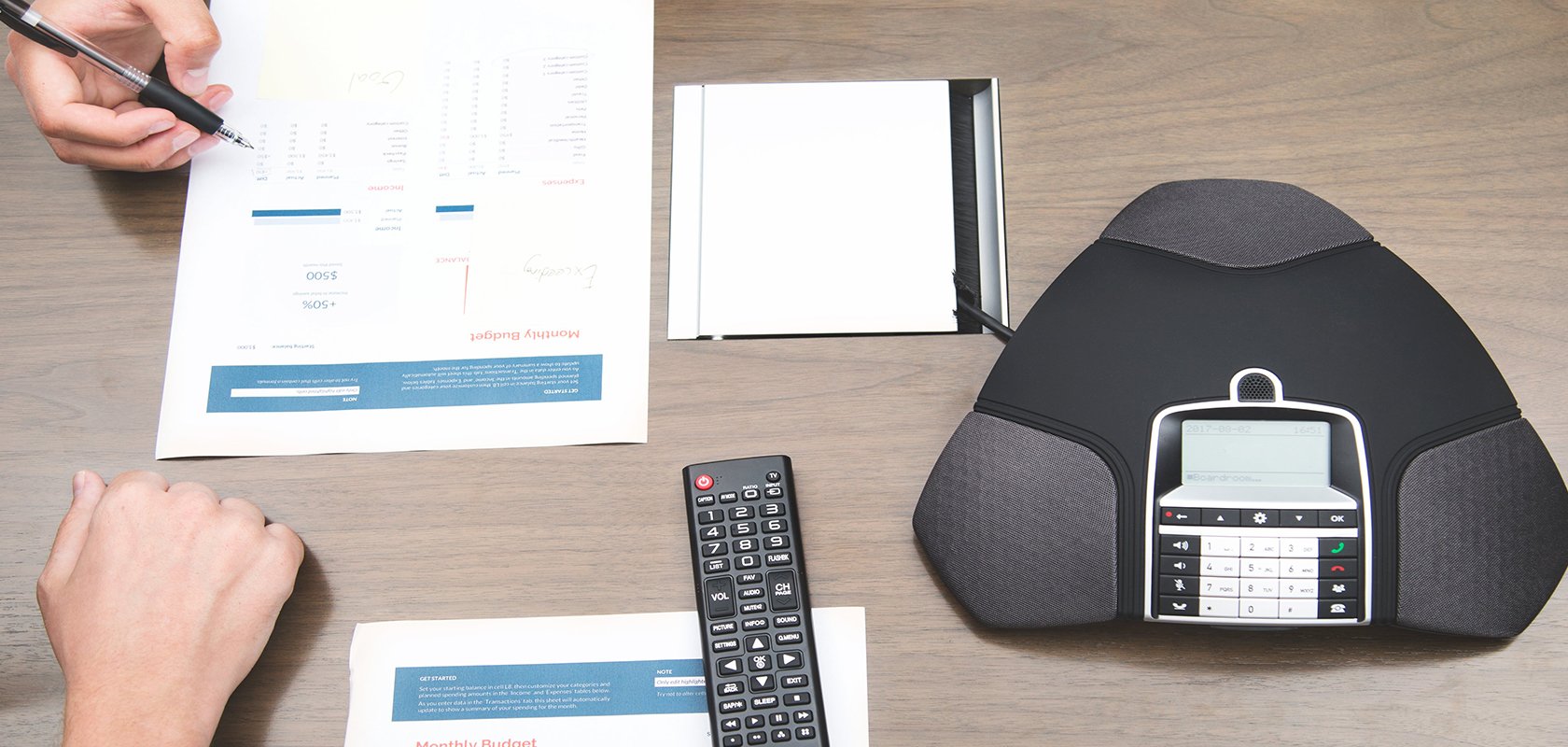
Increasingly, more companies are allowing their employees to work from home. Some organizations are even utilizing the new strategy of distributed teams (i.e. people working in the same team but in different geographical locations). And other companies simply have several offices in multiple locations. One concern that many managers have is that meetings will start to become inefficient when participants aren’t physically all together. But thanks to modern technology and meeting productivity best practices, this is anything but true. To make sure your meetings stay efficient even when not all attendees are in the same room, follow these three steps:
One of the crucial components to efficient meetings with distributed teams is that you use the right technology. Utilizing outdated, slow, or low feature conferencing products can harm the quality of the call, and the meeting as a whole. In a 2014 study by Bain and Company, a leading management consulting agency, they found that in the US alone companies are wasting over 37 Billion US Dollars(!) annually in unnecessary meetings. Already companies are lacking the ability to hold efficient meetings, and these numbers are likely worse when it comes to wasting time when technology doesn’t work for video or voice conferencing.
Once you’ve taken stock of what you have and what you need, invest in some time to research devices and services on the market. Good conferencing equipment should make it feel as if your distributed colleagues are right there in the meeting, and aren’t missing any aspect - whether it be a presentation that can be shared virtually, or something as simple as crystal clear incoming and outgoing audio. If your company has several office locations, make sure that the tech you use is uniform. There aren’t many things more frustrating than offices having incompatible services or devices.

Your staff who are attending meetings from their homes or satellite offices should know and have access to everything that in-person attendees do. Send them instructions on how to connect to the meeting, and a meeting agenda to make sure that they are aware of any expectations on their own participation within the meeting. The only way efficient meetings can happen with distributed teams, is when everyone is on the same page.
When attending a meeting virtually, it can be easy to get distracted. When the participants in the office can’t see that virtual attendees have their phones with them, or if they’re multitasking by doing something around their house while calling in, it can be easy to fall into them not paying as much attention as they should. Managers should set clear expectations that virtual attendees are required to be as present and active in meetings as their in-office counterparts. If employees for some reason can’t handle upholding efficient meeting standards, while not being physically present, then perhaps those work from home privileges can be revised.
Employees at satellite offices can also help to keep each other accountable. If you’re not in the headquarters but are attending a company-wide meeting with your office via conferencing, huddle up briefly before the meeting to make sure everyone is good and ready to go. Then take five minutes afterwards to summarize the meeting together and ensure your plan of action is clear.
It’s important to consider that your first distributed team meeting may not run perfectly smooth. To get up to the efficiency that you want - or demand - from your team, you may need to assess each meeting and think about the things that worked and the things that didn’t. If you can self-evaluate, have your distributed team and in-office meeting participants self-evaluate and contribute constructive feedback about the process, you can improve how you hold these meetings in the future.
Efficient meetings take process and planning, and that goes especially true for holding meetings with distributed teams. But if you ensure that you have the right technology, your out-of-office attendees are well prepared and can meet expectations, you can assess and improve your process for virtual meetings quickly.
Learn how you can improve the meeting culture in your organization

These Stories on Meetings
Meetio AB/Logitech Nordics AB
Hamngatan 4
211 22, Malmö
Sweden
Magnus Ladulåsgatan 3
SE-118 65 Stockholm
Sweden
Sweden: +46-(0)10-101 95 60
No comments yet
Let us know what you think!